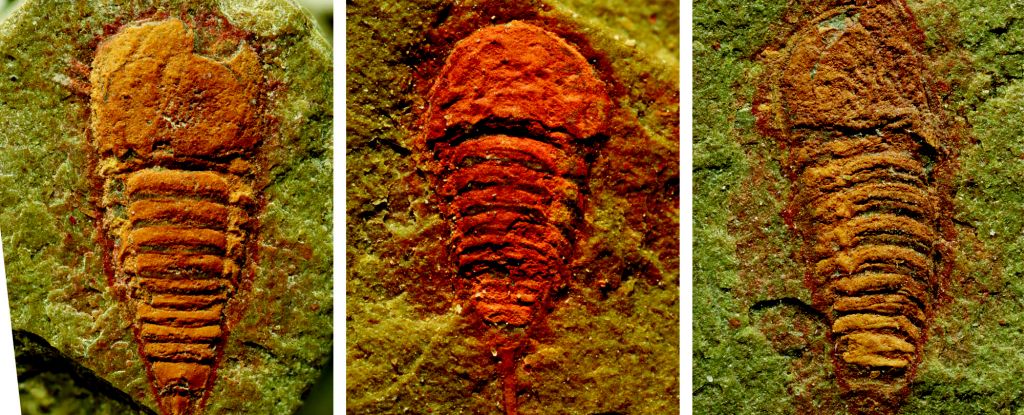Nanomaterials, Vol. 14, Pages 758: The Influence of the Mechanical Compliance of a Substrate on the Morphology of Nanoporous Gold Thin Films
Nanomaterials doi: 10.3390/nano14090758
Authors: Sadi Shahriar Kavya Somayajula Conner Winkeljohn Jeremy K. Mason Erkin Seker
Nanoporous gold (np-Au) has found its use in applications ranging from catalysis to biosensing, where pore morphology plays a critical role in performance. While the morphology evolution of bulk np-Au has been widely studied, knowledge about its thin-film form is limited. This work hypothesizes that the mechanical compliance of the thin film substrate can play a critical role in the morphology evolution. Via experimental and finite-element-analysis approaches, we investigate the morphological variation in np-Au thin films deposited on compliant silicone (PDMS) substrates of a range of thicknesses anchored on rigid glass supports and compare those to the morphology of np-Au deposited on glass. More macroscopic (10 s to 100 s of microns) cracks and discrete islands form in the np-Au films on PDMS compared to on glass. Conversely, uniformly distributed microscopic (100 s of nanometers) cracks form in greater numbers in the np-Au films on glass than those on PDMS, with the cracks located within the discrete islands. The np-Au films on glass also show larger ligament and pore sizes, possibly due to higher residual stresses compared to the np-Au/PDMS films. The effective elastic modulus of the substrate layers decreases with increasing PDMS thickness, resulting in secondary np-Au morphology effects, including a reduction in macroscopic crack-to-crack distance, an increase in microscopic crack coverage, and a widening of the microscopic cracks. However, changes in the ligament/pore widths with PDMS thickness are negligible, allowing for independent optimization for cracking. We expect these results to inform the integration of functional np-Au films on compliant substrates into emerging applications, including flexible electronics.

 1 month ago
21
1 month ago
21


